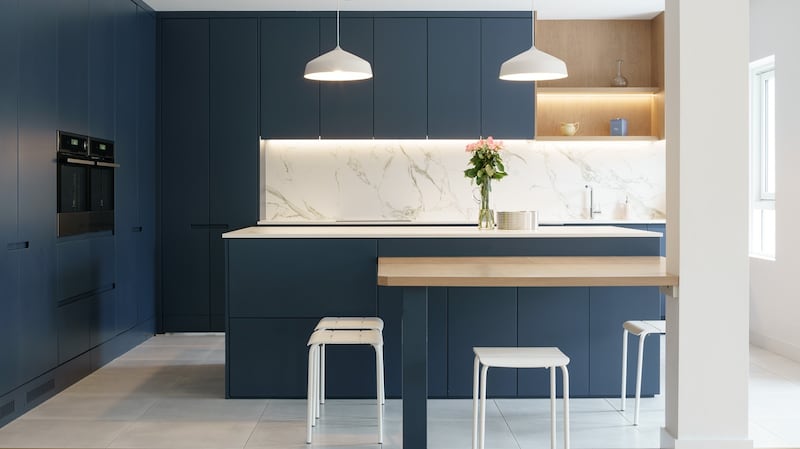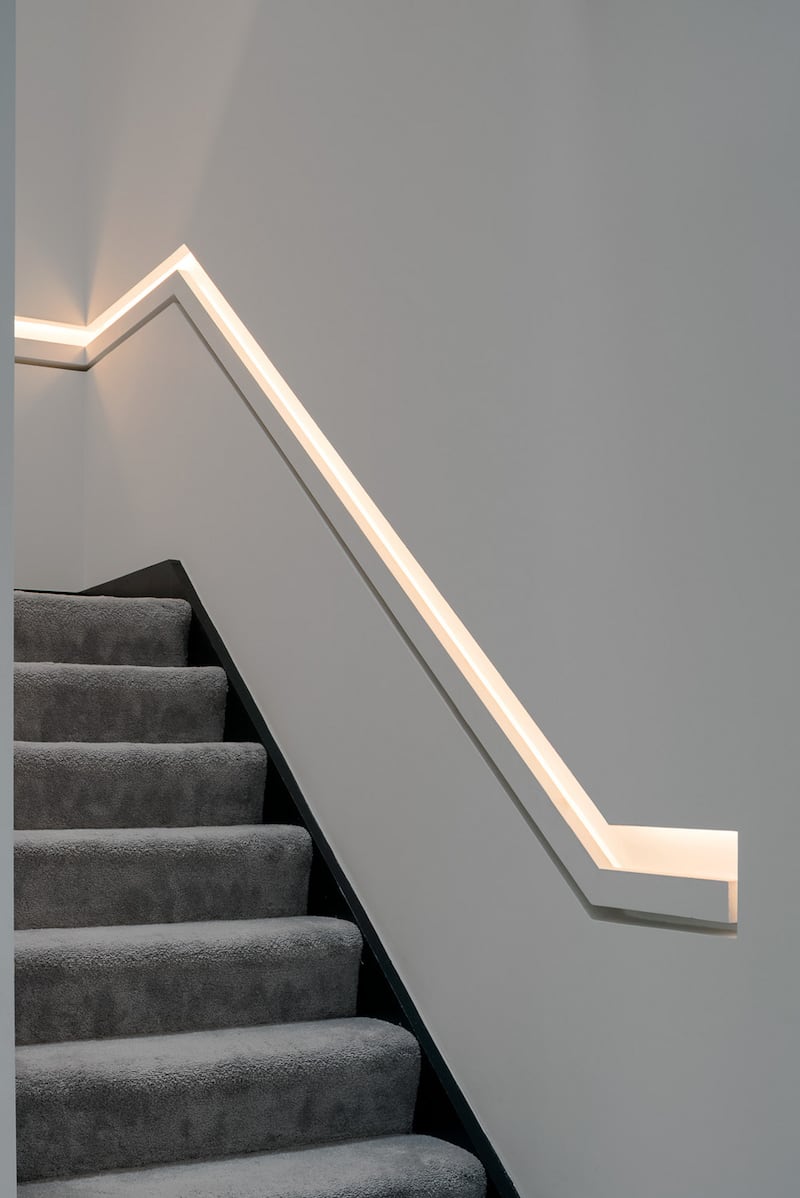As the evenings get shorter, our dependence on artificial lighting grows. How we light our rooms can have a powerful effect on ambience – how the space makes us feel. Lighting specialist Rocky Wall of Bray-based Wink advises that the light bulbs we choose are critical to a successful lighting scheme.
Colour temperature
Colour is not the first thing that comes to mind when thinking about lighting, but the colour temperature of the bulbs you choose can make or break your interiors scheme. “This is especially true with LED lighting,” says Wall. “Making sure the colour temperature of your light source is consistent is very important, especially where there are different suppliers involved.”


In an open-plan kitchen, for example, you might have three different locations where LED lighting is being used. Under the kitchen cabinets, in the joinery units and in a ceiling. Three different people will likely supply these three light sources. If the colour temperature is not the same for each one, you might end up with one being a warm tone and the others being a harsh white. “This creates a mishmash of colour which won’t look good,” says Wall.
To ensure a consistent colour throughout the room, it’s best to specify that the LED for the room comes from the same lighting supplier. The same goes for the bulbs in your lamps and pendant lights. Your choice of light bulb is critical as the colour of the lighting can completely affect the look and feel of your decor.
“It’s essential the colour temperature of the bulbs is right,” says Wall. Colour temperature is measured in degrees Kelvin. Any bulb between 2,400-2,700K will be warm, 2,700-3,500K will be lukewarm, and anything over 3,500-4,000K will be cool. Most good bulb brands will display these ratings on the box. And when shopping for bulbs, “if you don’t recognise the manufacturer’s name don’t buy it, because there is a lot of rubbish out there”, he warns.
Warm or cool?
The task you need to perform and the atmosphere you want to create in the room will dictate the colour temperature of the bulb you should choose. Suppose you want to create a relaxing atmosphere, in a bedroom, for example. In that case, you should use a warm colour temperature bulb. The colour of the bulb you choose will not only affect your decor, but it will also have an impact on how you look.
“Avoid cool colour temperature bulbs in hallways,” says Wall. “Cool temperature bulbs will make you and your guests look pasty and pale, always go for warm colour temperature in a hallway. They are much more welcoming and flattering.”

The one room where you should consider a cool colour temperature bulb, however, is in the home office or study space.
“The colour temperature of your light bulbs will stimulate the mind in different ways,” explains Wall. “The mind finds it easier to concentrate in a daylight scenario, which is why many offices are lit with cool colour temperature bulbs to help with focus and productivity. Putting warm colour temperature bulbs in an office space will send signals to the brain it’s time to wind down.”
If you are struggling to get enough daylight into a space in your home, you might want to consider choosing a fitting that can change from cool to warm throughout the day. An example would be in a period house where the kitchen and lighting space is in the basement. Using a dynamic light source will allow you to light the room with white light during the day to replicate daylight, then become warmer as evening turns into night time to create a more relaxing atmosphere.
Bluetooth
Bluetooth bulbs are a great way to provide multiple colour temperature options from one light source. These bulbs are the ideal solution if, for example, your home office space is located in a room you also use to relax, like a living space or bedroom. With a bluetooth bulb, you can control the colour temperature by an app on your mobile phone. You can choose to have a cool colour temperature when you’re working and then change it to warm for the evening when you want to wind down.
You can now also get bluetooth switches, which are switch plates without battery or cabling. They look like standard light switches, but the kinetic energy generated from pressing the switch is sufficient to create a bluetooth signal to turn on or off the light source. You nominate which lamp the switch controls using an app on your mobile.
“All of the lighting producers are getting involved in this technology which makes it so accessible,” says Wall. “You can even buy a bluetooth bulb from Ikea now.”
The big advantage with bluetooth lighting controls is that anyone can easily and affordably create a lighting control system at home themselves.
Denise O’Connor is an architect and design consultant @optimisedesign










